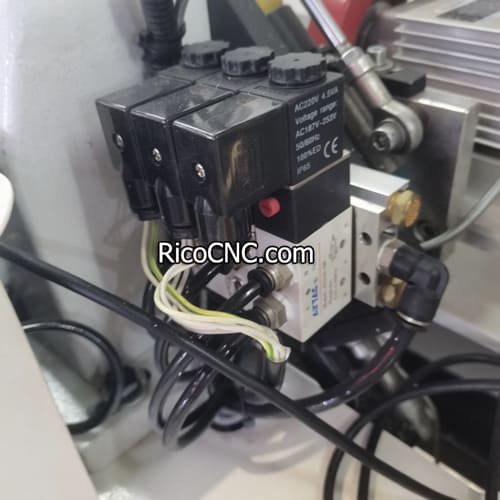

How Many Types of Solenoid Valve?
Introduction
Solenoid valves are key components in automation systems used to control the flow of fluids or gases through a pipeline. Whether in an industrial manufacturing line, an HVAC system, or even in common household appliances, solenoid valves help regulate the passage of media through electrical signals, leading to efficiency and precision in flow management. As technology advances, these valves have evolved into numerous types, each serving unique purposes and working under different principles.
This article will explore the various types of solenoid valves, their characteristics, and ideal applications to help you make the most informed choice for your needs.
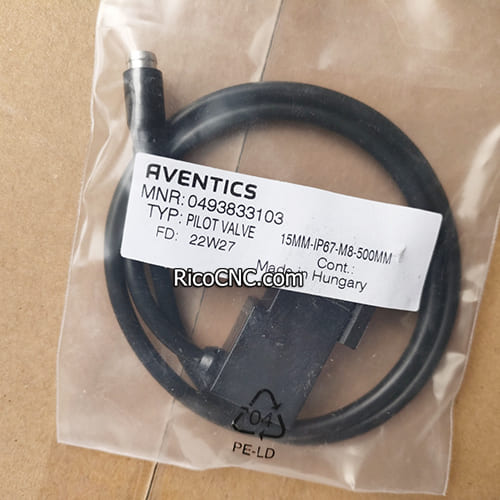
1. Direct-Acting Solenoid Valves
Direct-acting solenoid valves are some of the simplest forms of solenoid valves. They use the power generated by the solenoid coil to lift a plunger and open the valve, directly controlling the flow path. This type is perfect for applications that require precise control with low flow and pressure rates.
How it Works: In a direct-acting valve, when current flows through the solenoid coil, a magnetic field is generated, lifting the plunger against the spring pressure. This opens the port, allowing fluid or gas to flow through the valve.
- Applications: Direct-acting solenoid valves are often used in vacuum systems, small appliances, and other low-pressure environments.
Characteristics:
Quick response time
- Compact and lightweight
- Suitable for low-flow applications
For those looking for precise, compact valves that function efficiently even in small systems, a direct-acting solenoid valve can be a perfect choice. Learn more about the various servo motors used in automation.
2. Pilot-Operated Solenoid Valves
Pilot-operated solenoid valves are also known as indirect-acting solenoid valves. They are perfect for high-pressure applications as they use the media's own pressure to open and close the valve.
How it Works: Pilot-operated solenoid valves have a small internal channel that allows the process fluid to flow in and help actuate the diaphragm or piston, leading to the main valve's opening or closing. The pilot valve is the part that controls the flow of fluid into this chamber.
- Applications: Pilot-operated solenoid valves are used in industrial processes where high flow rates and pressures are the norm.
Characteristics:
Can handle high flow rates and high pressures
- Requires a pressure differential across the valve
- Not ideal for vacuum or low-pressure systems
For industries like automotive, food processing, and pharmaceuticals, pilot-operated solenoid valves are essential tools in fluid control. Explore servo motor options for automation.
3. Two-Way Solenoid Valves
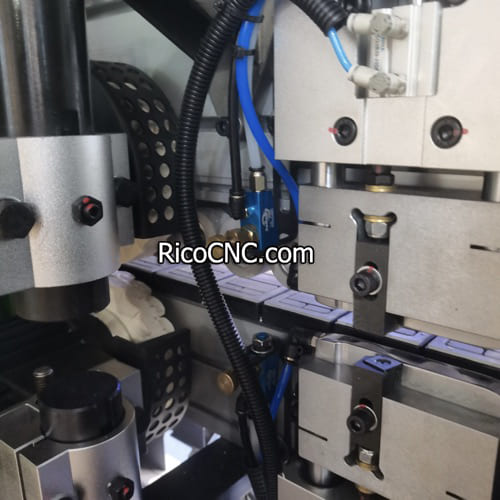
Two-way solenoid valves are simple on/off valves used to either stop or allow the flow of media. This type of solenoid valve consists of an inlet and an outlet port, making them a common component in many fluid control systems.
How it Works: These valves operate with two ports and a direct-action mechanism to open or close the flow of fluids through a system. When the solenoid coil is energized, the magnetic field pulls up the plunger and opens the passage for the medium.
- Applications: They are found in irrigation systems, domestic heating, and industrial processes.
Characteristics:
Basic open/close function
- Commonly used for liquid and gaseous media
- Used in low-pressure environments
Two-way solenoid valves are ideal for controlling liquid and gas flow in a controlled and straightforward manner. For an overview of high-torque motors that aid in fluid automation systems, check out this link.
4. Three-Way Solenoid Valves
Three-way solenoid valves are designed to change the flow direction between multiple outlets. They have three ports and are often used in applications where a secondary fluid source needs to be used or diverted.
How it Works: Three-way valves can be used to either combine or divert the flow of media. Depending on the configuration, they can be used to alternate between filling and exhausting a system.
- Applications: These valves are commonly used in pneumatic systems, mixing valves, and to operate double-acting actuators.
Characteristics:
Allows for mixed or diverted fluid control
- Offers versatility for pneumatic operations
- Often found in automated machinery for precise media control
Using a three-way valve allows systems to have flexibility in controlling different media streams. Check out this product for a better understanding of how it could be integrated into advanced servo motor systems.
5. Four-Way Solenoid Valves
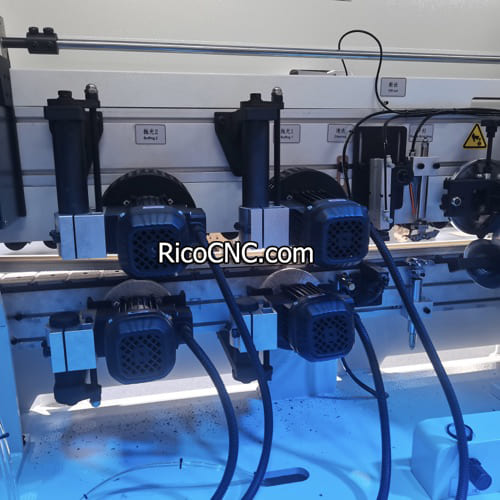
Four-way solenoid valves are typically used in double-acting actuators and are common in air-powered systems, allowing directional control of the air that actuates cylinders.
How it Works: These valves have four distinct ports: two that are connected to the actuator and two for supply and exhaust. This design helps in changing the position of a double-acting actuator.
- Applications: They are most commonly used in pneumatic systems that operate cylinders, especially in automation machinery.
Characteristics:
Complex fluid control
- Suited for double-acting pneumatic cylinders
- Used in automation and heavy machinery applications
For heavy machinery systems, these valves prove essential in ensuring robust and directional air control for actuators. Learn more about the applications of four-way valves in servo-driven environments here.
6. Five-Way Solenoid Valves
Five-way solenoid valves are specialized versions used for more intricate control, typically for managing actuators and pneumatic circuits that require precise positioning.
How it Works: Similar to four-way valves, five-way solenoid valves have an additional exhaust port that allows more flexibility. This configuration is essential for controlling cylinders and actuators in different directions and maintaining balance in pressure.
- Applications: They are often found in advanced robotic systems and pneumatic manipulators.
Characteristics:
Multiple port control
- Commonly used for advanced automation
- Offers precise and balanced pneumatic flow
7. Normally Closed (NC) Solenoid Valves
In normally closed (NC) solenoid valves, the valve remains closed until it is energized. Once the solenoid coil is powered, the valve opens, allowing the flow.
How it Works: When the coil is not energized, a spring pushes down the plunger, blocking the fluid flow path. When current flows, the plunger moves, and fluid can pass through.
- Applications: Water systems, HVAC units, and gas safety shut-offs.
Characteristics:
Default closed position
- Suitable for systems requiring fail-safe configurations
8. Normally Open (NO) Solenoid Valves
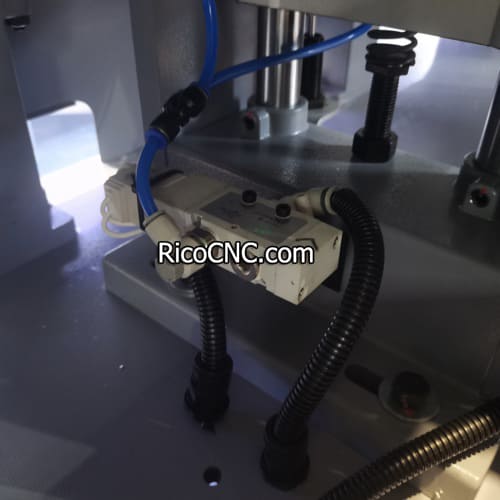
Normally open (NO) solenoid valves remain open until an electrical current energizes the coil to close the valve. These are used in systems that need constant media flow unless the valve must be closed.
How it Works: The valve remains open with a spring keeping the plunger up. Upon energizing the coil, the plunger is pulled down, stopping the flow.
- Applications: Emergency cooling systems and heat exchange processes.
Characteristics:
Default open position
- Ideal for applications needing a continuous flow
9. Proportional Solenoid Valves
Proportional solenoid valves allow for variable flow control depending on the input signal. Instead of simply being on or off, they can be partially open, allowing for precise flow adjustments.
How it Works: The position of the valve plunger varies in response to an analog input, making it possible to control the rate of flow.
- Applications: Used in dosing systems, precise pressure regulation, and mixing processes.
Characteristics:
Analog control of flow rate
- Provides precise flow adjustments
10. Diaphragm Solenoid Valves
These valves use a diaphragm to help control the flow, commonly in applications requiring isolation from the media, such as food and beverage industries.
How it Works: A diaphragm separates the flow path from the actuating parts, ensuring clean, safe fluid handling.
- Applications: Ideal for food processing, chemical handling, and pharmaceutical applications.
Characteristics:
Offers separation between valve components and fluid
Used for hygiene-critical processes
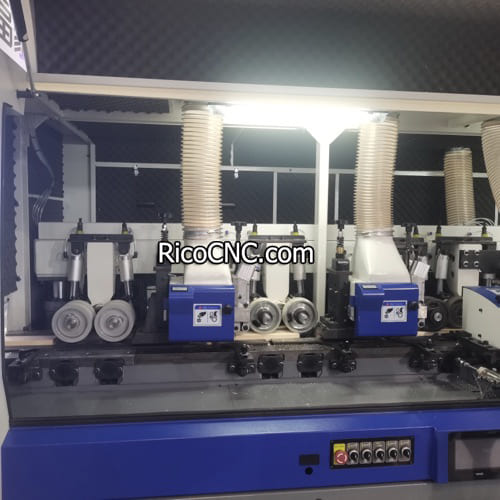 FAQs
FAQs
1. What is the difference between a normally closed and a normally open solenoid valve?
Normally closed (NC) solenoid valves are closed when unpowered, while normally open (NO) valves are open when unpowered.
2. What is a pilot-operated solenoid valve used for?
Pilot-operated solenoid valves are used for systems with high pressure and large flow rates where the pressure differential can assist in valve actuation.
3. How do direct-acting solenoid valves work?
Direct-acting solenoid valves use the solenoid coil to lift the plunger directly, which opens the flow path without needing a pressure differential.
4. What are solenoid valves typically made of?
Most solenoid valves are constructed using brass, stainless steel, or plastic materials depending on the media they will control.
5. Which solenoid valve is suitable for pneumatic systems?
Three-way or four-way solenoid valves are typically used in pneumatic systems, as they allow precise directional control.
Conclusion
Solenoid valves come in various types and configurations, each catering to specific flow control requirements and system designs. From direct-acting to proportional solenoid valves, their versatility ensures that engineers and technicians can find the perfect fit for each application. Understanding these types not only improves efficiency but also contributes to safer and more effective systems. With the right choice of solenoid valve, you can optimize your automated processes and achieve reliable, accurate control over your media flow.
For more insights into automation and servo motors, consider exploring the products offered by Qinggong Group. The right knowledge paired with high-quality products can ensure that your automation systems operate at peak efficiency.















